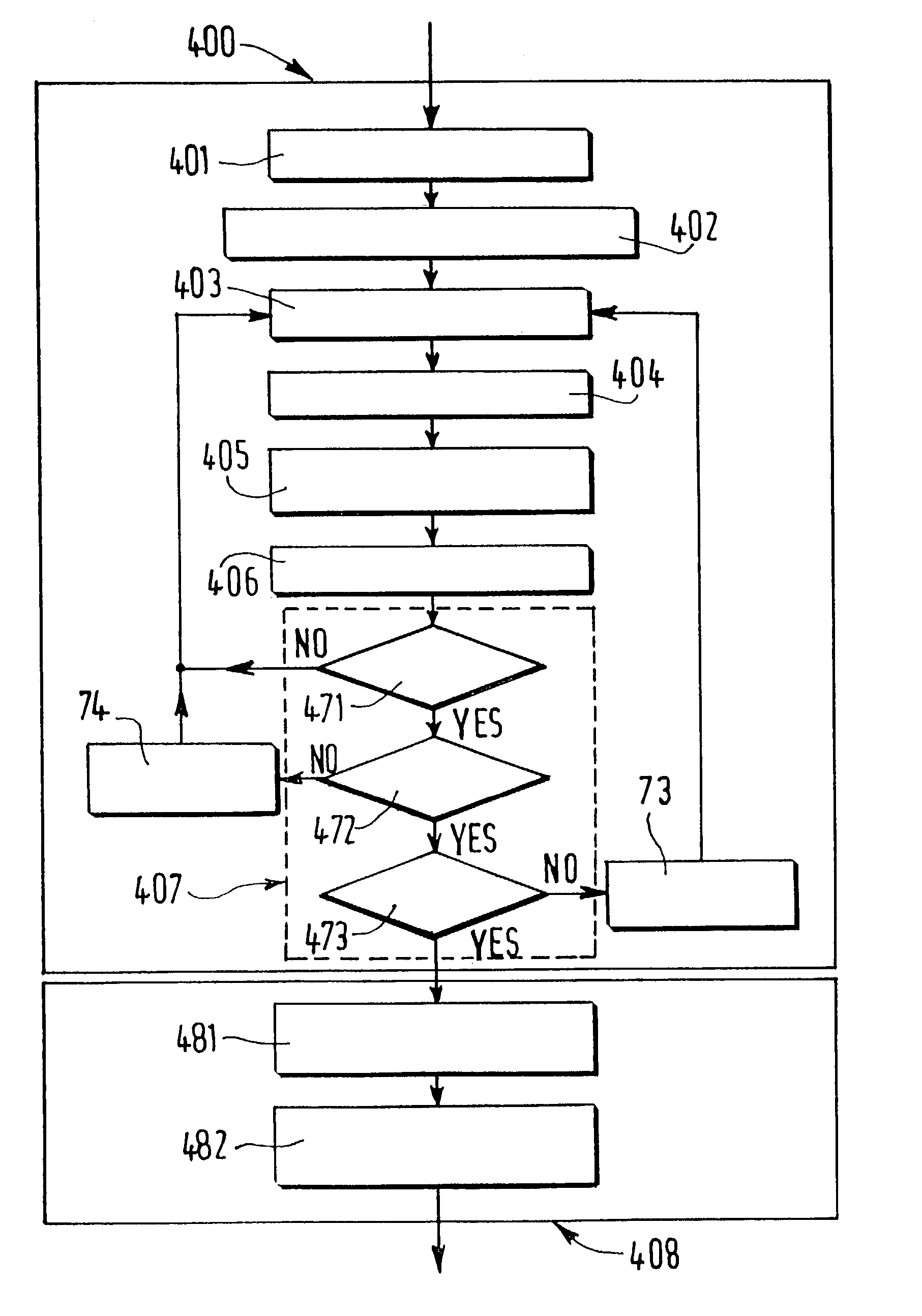Partition coding method and device
a coding method and coding technology, applied in the field of partition coding methods and devices, can solve the problems of ambiguity introducing coding losses, inability to recognize the subjective quality of the image displayed, and the conventional methods of coding segmented pictures or partitions are usually considered rather expensive in terms of amount of bits,
- Summary
- Abstract
- Description
- Claims
- Application Information
AI Technical Summary
Benefits of technology
Problems solved by technology
Method used
Image
Examples
Embodiment Construction
[0044]The flowchart of FIG. 17 corresponds to a basic scheme of an MGCC intra-mode encoding method according to the invention. This MGCC encoding process is applied on contour images defined on the type of contour grid described in relation with FIGS. 4 and 5. A partition, usually described in term of labels, must therefore be translated into a description of contour elements in the hexagonal grid. The main steps of the proposed method, carried out in the block designated by the reference 400 in FIG. 17, will be the following: generation of the contour image, extraction of the initial points from the picture, cell characterization, contour tracking, determination of the priority in the contour tracking, management of the multiple points, end of process, and extraction of the next initial point, these steps being followed by the final coding steps.
[0045]The first step 401 of the proposed method is provided for generating the contour pictures that will be later coded. The original par...
PUM
 Login to View More
Login to View More Abstract
Description
Claims
Application Information
 Login to View More
Login to View More - R&D
- Intellectual Property
- Life Sciences
- Materials
- Tech Scout
- Unparalleled Data Quality
- Higher Quality Content
- 60% Fewer Hallucinations
Browse by: Latest US Patents, China's latest patents, Technical Efficacy Thesaurus, Application Domain, Technology Topic, Popular Technical Reports.
© 2025 PatSnap. All rights reserved.Legal|Privacy policy|Modern Slavery Act Transparency Statement|Sitemap|About US| Contact US: help@patsnap.com



